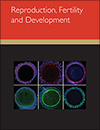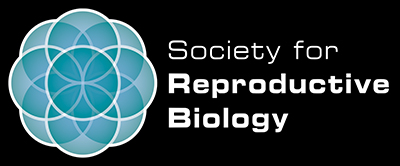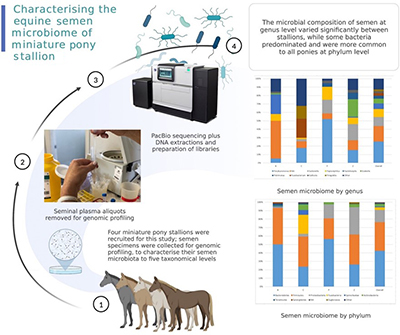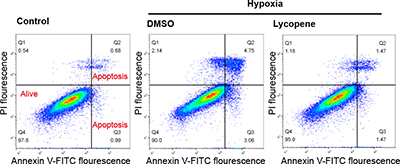Reproduction, Fertility and Development
Volume 36
Number 4 2024
Each year the Society for Reproductive Biology meets to showcase the latest advances in reproductive research in Australia and New Zealand. The 2022 meeting featured research across a diverse range of themes relevant to human health and fertility, exotic species conservation, and agricultural breeding practices. Here, we highlight the key advances presented across the main themes of the meeting. Image by Society for Reproductive Biology.
To date, a detailed description of the microbiota that inhabit the semen of fertile stallions has not been reported. This study examined the composition of the semen microbiome of four fertile miniature pony stallions. By profiling the semen microbiota of these ponies, we aimed to provide data that can inform future studies exploring the relationship between stallion fertility and the reproductive microbiome. The image was created with Biorender.com
Hypoxia is one of the most important factors to contribute to varicocele-associated impaired testicular function. Lycopene is a pharmacologically active carotenoid, which is the major bioactive constituent in many fruits and vegetables. Lycopene could attenuate hypoxia-induced spermatocyte injury through the miR-23a/b–PROK2 pathway. Lycopene might be an effective treatment for varicocele to improve testicular impairment. Image by Hongqiang Wang.








